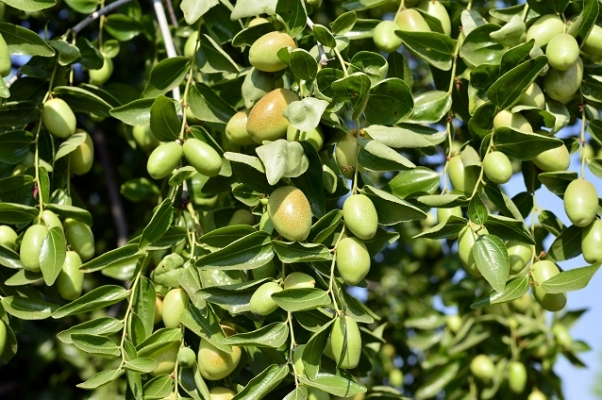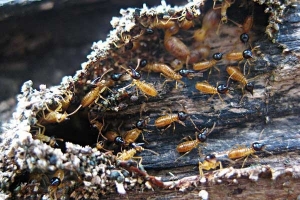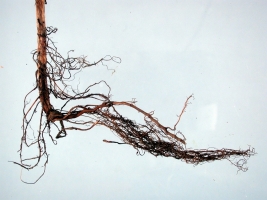General Information
Jojoba is evergreen desert shrub. It grows slowly but live long upto 150 years. It is mainly grown for oil purpose. Oil extracted from seeds is used as lubricating oil for high speed machinery operating at high temperatures and pressures. Also it is used in cosmetics. i.e hair oil, shampoo, soap, face creams, sunscreen compounds, lipsticks etc. Also use in as low calorie cooking oil, salad oil, vegetable oil.
Considering its important and adoptability in adverse climatic conditions, Govt. of Rajasthan undertaken jojoba plantation. Its cultivation in the desert of Rajasthan increases level of farming by generating employment in rural areas and using wastelands for economic use.
At present, area under jojoba cultivation is about 350 ha. Out of which near about 90% area is in Rajasthan. Jhunjhunu, Churu, Sikar, Jodhpur and Sri Ganganagar districts are under jojoba plantation, earlier these lands consider unfit for cultivation. Along with Rajasthan and Gujarat. Andhra Pradesh, Haryana, Karnataka and Tamil Nadu are the potential states for jojoba plantation.




















